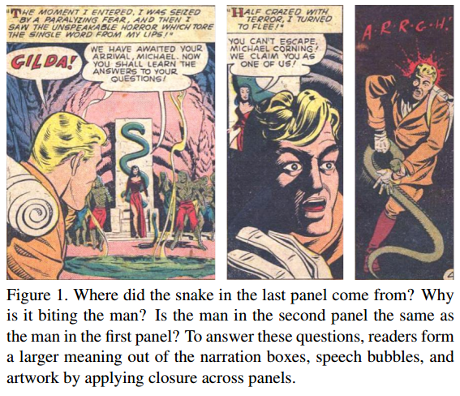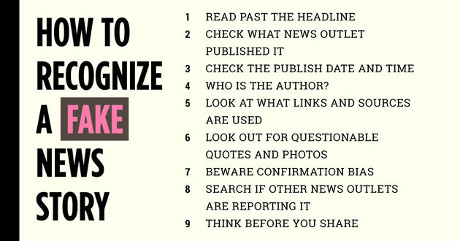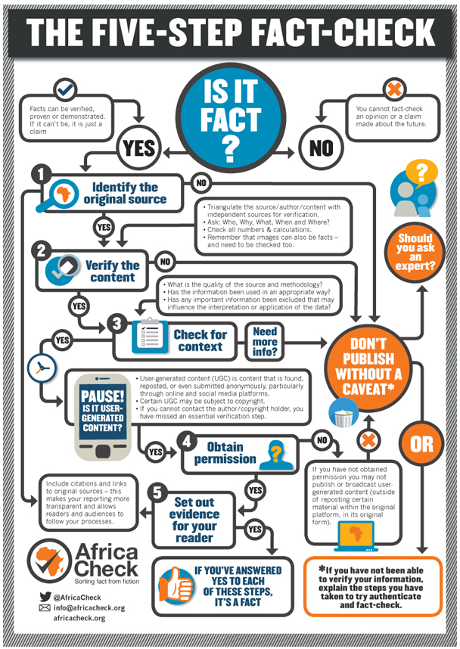Fake News Is Not the Only Problem by Gilad Lotan.
From the post:
There have been so many conversations on the impact of fake news on the recent US elections. An already polarized public is pushed further apart by stories that affirm beliefs or attack the other side. Yes. Fake news is a serious problem that should be addressed. But by focusing solely on that issue, we are missing the larger, more harmful phenomenon of misleading, biased propaganda.
It’s not only fringe publications. Think for a moment about the recent “Hamilton”-Pence showdown. What actually happened there? How disrespectful was the cast towards Mike Pence? Was he truly being “Booed Like Crazy” as the Huffington Post suggests? The short video embedded in that piece makes it seem like it. But this video on ABC suggests otherwise. “There were some cheers and some boos,” says Pence himself.
In an era of post-truth politics, driven by the 24-hour news cycle, diminishing trust in institutions, rich visual media, and the ubiquity and velocity of social networked spaces, how do we identify information that is tinted — information that is incomplete, that may help affirm our existing beliefs or support someone’s agenda, or that may be manipulative — effectively driving a form of propaganda?
…
Biased information — misleading in nature, typically used to promote or publicize a particular political cause or point of view — is a much more prevalent problem than fake news. It’s a problem that doesn’t exist only within Facebook but across social networks and other information-rich services (Google, YouTube, etc.).
…
A compelling piece of work but I disagree that biased information “….is a much more prevalent problem than fake news.”
I don’t disagree with Lotan’s “facts.” I would go further and say all information is “biased,” from one viewpoint or another.
Collecting, selecting and editing information are done to attract readers by biased individuals for delivery to biased audiences. Biased audiences who are driving the production of content which they find agreeable.
Non-news example: How long would a classical music record label survive insisting its purchasers enjoy rap music?
https://www.youtube.com/watch?v=IgjjxkafbWc
At least if they were attempting to use a classical music mailing list for their records?
To blame “news/opinion” writers for bias is akin to shooting the messenger.
A messenger who is delivering the content readers requested.
Take Lotan’s example of providing more “context” for a story drawn from the Middle East:
…
A more recent example from the Middle East is that of Ahmed Manasra, a 13-year old Palestinian-Israeli boy who stabbed a 13-year old Israeli Jew in Jerusalem last Fall. A video [warning: graphic content] that was posted to a public Facebook page shows Mansara wounded, bleeding, and being cursed at by an Israeli. It was viewed over 2.5M times with the following caption:
Israeli Zionists curse a dying Palestinian child as Israeli Police watch…. His name was Ahmad Manasra and his last moments were documented in this video.
But neither the caption nor the video itself presents the full context. Just before Manasra was shot, he stabbed a few passersby, as well as a 13-year old Israeli Jew. Later, he was taken to a hospital.
…
Lotan fails to mention Ahmad Manasra’s actions were in the context of a decades old, systematic campaign by the Israeli government (not the Israeli people) to drive Palestinians from illegally occupied territory. A campaign in which thousands of Palestinians have died, homes and olive groves have been destroyed, etc.
Bias? Context? Your call.
Whichever way you classify my suggested “additional” context for the story of Ahmad Manasra, will be considered needed correction by some and bias by others.
In his conclusion, Lotan touches every so briefly on the issue upper most in my mind when discussion “fake” or “biased” content:
…
There are other models of automated filtering and downgrading for limiting the spread of misleading information (the Facebook News Feed already does plenty of filtering and nudging). But again, who decides what’s in or out, who governs? And who gets to test the potential bias of such an algorithmic system?
…
In a nutshell: who governs?
Despite unquestioned existence of “false,” “fake,” “biased,” “misleading,” information, “who governs?,” has only one acceptable answer:
No one.
Enabling readers to discover, if they wish, alternative, or in the view of some, more complete or contextual accounts, great! We have the beginnings of technology to do so.
A story could be labeled “false,” “fake,” by NPR and if you subscribe to NPR labeling, that appears in your browser. Perhaps I subscribe to Lady GaGa labeling and it has no opinion on that story and unfortunate subscribers to National Review labeling see a large green $$$ or whatever it is they use to show approval.
I fear censors far more than any form or degree of “false,” “fake,” “biased,” “misleading,” information.
You should too.





